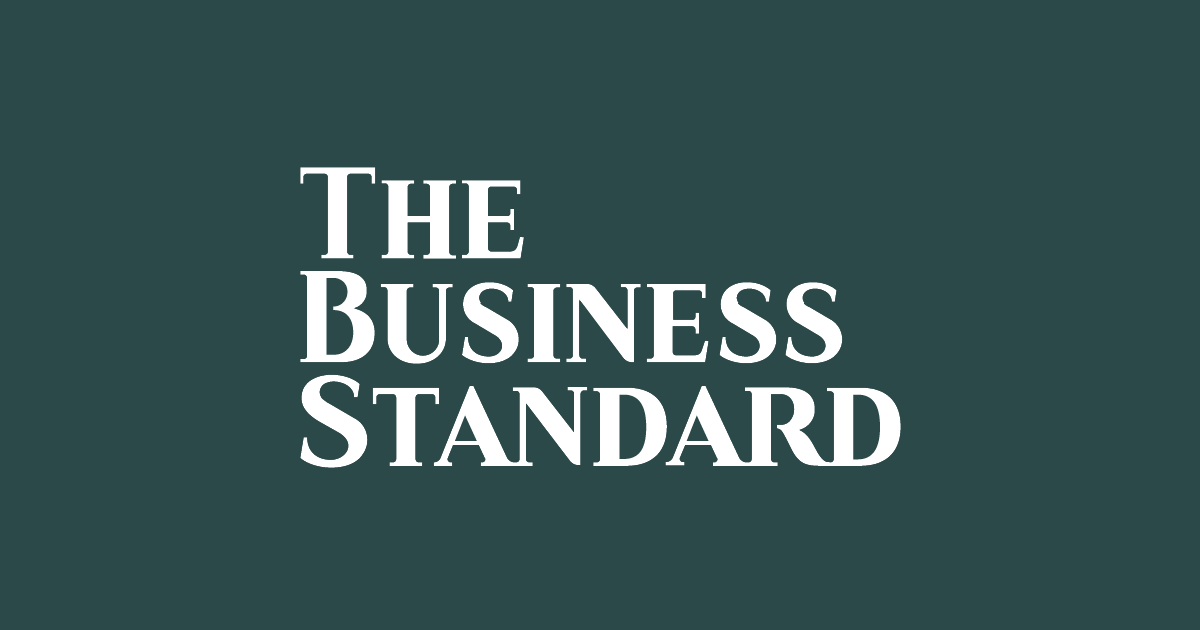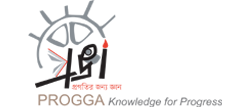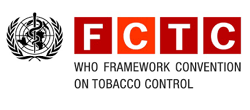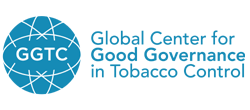Explore CRAFT
Latest on CRAFT
-
25
Nov
2023
Bangladesh Tobacco Industry Interference Index 2023
Bangladesh Tobacco Industry Interference Index 2023
-
11
Sep
2023
Live: Tobacco Industry Interference on Amendment of Tobacco Control Law 2022
Tobacco Industry Interference on Amendment of Tobacco Control Law 2022
-
29
Apr
2023
Tobacco Industry Monitoring and Implementation of Article 5.3 a Must to Advance Tobacco Control: Study of GHW Implementation in Bangladesh Recommends
A study examining tobacco industry (TI) interference in the formulation and implementation of graphic health warnings (GHWs) was recently
-
25
Jun
2022
Battle of Minds: A BAT Tactic to Entrap the Youth
Battle of Minds (BoM) is a ‘global internship and business case competition
- 08 Jun 2022
News
-
Ban cigarette filters, vaporisers to address plastic pollution: PROGGA
Progga (Knowledge for Progress), a research and advocacy organisation as well as a member of Stop Tobacco Pollution Alliance (STPA)
-
Continued interference of tobacco companies a major obstacle to tobacco-free Bangladesh
The continued interference of tobacco companies is acting as a major obstacle to achieving
-
E-cigarettes being promoted as alternative to tobacco pose great concern: PROGGA
Tobacco Company to Build Tobacco-free Bangladesh
-
Tobacco Industry Funding Tobacco Control Measures!
The Bangladesh Blind Mission(BBM) has started implementing a project with an aim to reduce the harms ofsmoking with support from...









